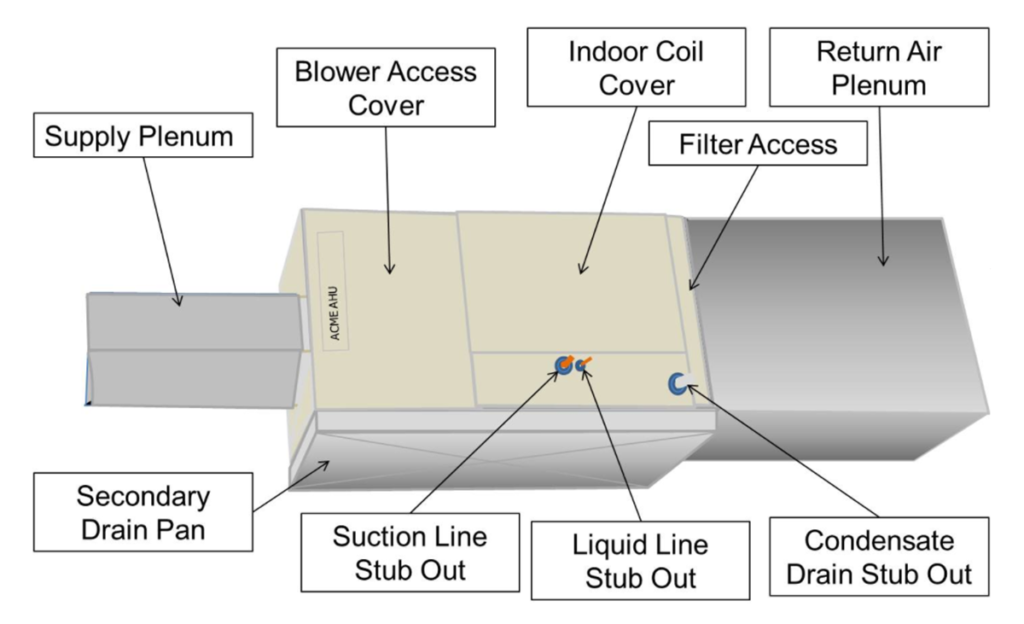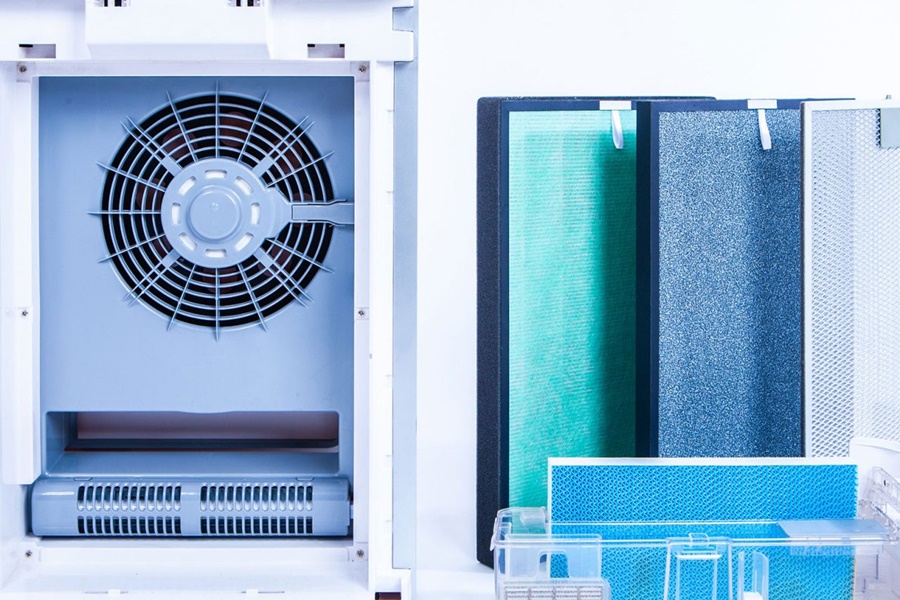An HVAC system plays a crucial role in maintaining the comfort of your indoor environment. Whether it’s heating or cooling, the system must function optimally for air quality and efficiency. One of the most critical components of an HVAC system is the air filter, a part that often gets overlooked but is essential to the system’s performance. In this comprehensive guide, we will explore how many filters an HVAC system typically has, their functions, and why regular maintenance is key to keeping them working efficiently.

Understanding HVAC Systems and Their Filters
An HVAC (Heating, Ventilation, and Air Conditioning) system is designed to manage the air quality and temperature within a building. It usually consists of several components: a furnace, air conditioner, ductwork, and filters. The filters within the HVAC system serve as a barrier, trapping dirt, dust, allergens, and other airborne particles, thus ensuring that the air circulating through the home or office is clean and breathable.
Types of Filters in HVAC Systems
The number of filters an HVAC system has can vary depending on its size, the design of the system, and the specific needs of the space. Generally, HVAC systems feature one to three filters, but this can depend on the system configuration. Here are the different types of filters commonly found in HVAC systems:
1. Furnace Filters
Furnace filters are the most commonly used filters in HVAC systems. They are typically located near the furnace or air handler and are designed to trap particles that are drawn into the system during operation. Furnace filters come in various materials, including fiberglass, pleated paper, and electrostatic media.
Fiberglass Filters: These are the most basic and least expensive type. They provide minimal filtration, trapping larger particles such as dust and dirt.
Pleated Filters: These offer a higher level of filtration, capable of capturing smaller particles, including pet dander, pollen, and dust mites.
Electrostatic Filters: These filters use an electric charge to attract particles, offering excellent filtration and a longer lifespan.
Furnace filters are usually replaced or cleaned every 1 to 3 months, depending on the system’s usage and the environment in which it operates.
2. Return Air Filters
Some HVAC systems may also feature return air filters, which are installed in the return ducts that pull air back into the system to be conditioned. These filters serve the same purpose as furnace filters, trapping debris and preventing it from entering the system. Return air filters are often located in the central return vent or near the air handler and are designed to trap airborne contaminants before they enter the main ductwork.
3. Additional Filters in Specialized HVAC Systems
In larger commercial HVAC systems or specialized residential systems, additional filters may be installed for enhanced air quality. For example, HEPA filters (High-Efficiency Particulate Air filters) are used in environments where air purity is critical, such as in hospitals or clean rooms. HEPA filters are capable of trapping 99.97% of particles, including bacteria, mold spores, and fine dust particles.
How Many Filters Does an HVAC System Have?
The number of filters an HVAC system has can vary, but most systems generally include one to three filters, depending on their configuration and specific needs:
Standard HVAC Systems: Typically, these systems have one filter, which is usually placed near the furnace. This filter traps the dust, dirt, and allergens from the air before it’s recirculated throughout the home.
Multi-stage HVAC Systems: These systems may include two or three filters, typically incorporating furnace filters and additional filters, such as return air filters or air purifier filters. The additional filters work together to provide enhanced air quality.
The Importance of HVAC Filters
Filters in HVAC systems are essential for maintaining indoor air quality and ensuring the efficiency of the system. Here’s why they matter:
1. Improved Air Quality
The primary function of HVAC filters is to remove pollutants from the air. These pollutants can include dust, pollen, pet dander, smoke, and other allergens that can affect health, especially for those with respiratory issues. High-quality filters, such as HEPA filters, can even remove particles as small as 0.3 microns, which is crucial for people with asthma or allergies.
2. Enhanced System Efficiency
A clean filter helps the HVAC system run more efficiently by allowing air to flow freely through the system. When filters become clogged with debris, the system has to work harder, which can reduce its efficiency and increase energy consumption. Regularly changing or cleaning the filters helps to maintain optimal airflow, reducing the load on the system and extending its lifespan.
3. Protection of HVAC Equipment
Filters help protect sensitive components of the HVAC system, such as the heat exchanger and coils, from dust and debris buildup. Without filters, dirt can accumulate on these components, causing them to wear out prematurely or fail. Proper filtration ensures that the system operates smoothly, reduces the likelihood of breakdowns, and minimizes the need for costly repairs.
4. Prevention of Unpleasant Odors
Dust, mold, and other particles can produce unpleasant odors in your HVAC system. Dirty filters allow these particles to accumulate, which can cause the air circulating through your home or office to smell musty or stale. By regularly replacing filters, you can prevent the buildup of these particles and keep your indoor air fresh and clean.
How to Maintain HVAC Filters
Proper maintenance of HVAC filters is essential to ensure that the system operates efficiently and maintains good air quality. Here are some tips for maintaining HVAC filters:
1. Replace Filters Regularly
One of the most important tasks is to replace the filters regularly. The frequency depends on the type of filter, the level of air contamination, and the manufacturer’s recommendation. Typically, filters should be replaced every 1 to 3 months, but more frequent replacements may be necessary if you have pets, smoke, or live in a dusty area.
2. Clean Filters (If Applicable)
Some HVAC filters, such as washable or reusable filters, can be cleaned rather than replaced. Check the manufacturer’s guidelines to determine whether the filters in your system can be cleaned. If so, clean them thoroughly according to the manufacturer’s instructions.
3. Check for Clogs
Even with regular filter changes, debris can sometimes build up in the ducts, particularly in the return air vents. Periodically check the ducts for blockages or excessive dust buildup, as this can also affect the system’s efficiency. If necessary, have the ducts cleaned by a professional.
Conclusion
The number of filters in an HVAC system can vary depending on the design of the system and its intended use. Most standard residential HVAC systems have one filter, usually located near the furnace, while more complex systems may have multiple filters, including return air filters and specialized filters like HEPA filters. Regardless of the number, the function of these filters is to improve air quality, protect the system, and ensure its efficiency.
